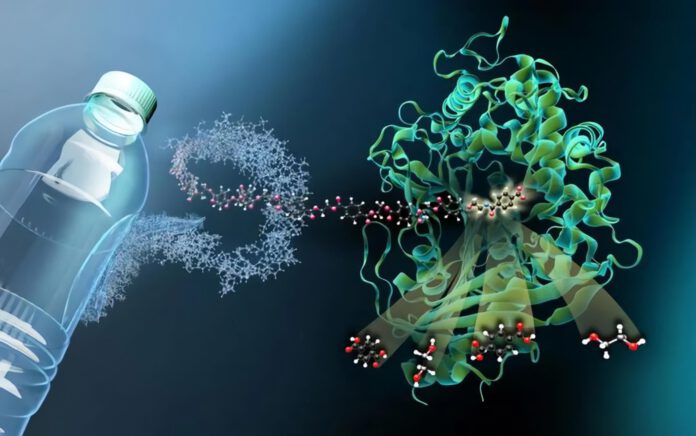
In a newly published study, the debris reached the placenta – a new study just published on February 17th analyzed 62 placental samples, and microplastics were found in 100 percent of the cases.
The study is from the University of New Mexico and was published in the well-established toxicology journal Toxicological Sciences. In humans, the placenta is a transient organ that serves as an interface between the circulatory systems of the mother and the fetus during pregnancy, as well as a barrier that protects the fetus from harmful pathogens in the maternal environment.
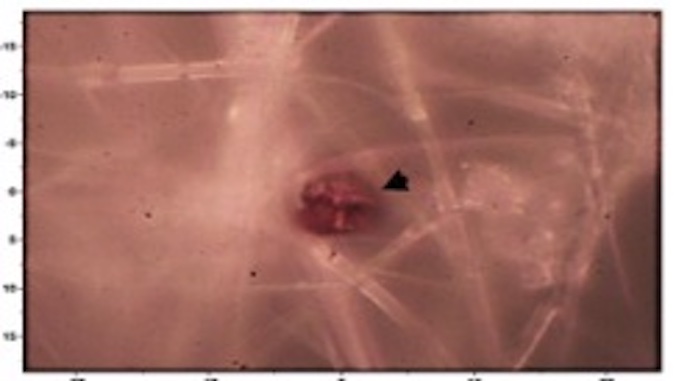
Because the placenta is expelled after birth and can be viewed as a kind of perinatal ‘biosensor,’ researchers chose the placenta to detect and track the exposure of pregnant women to microplastics contamination and whether there is a potential for fetal exposure.
In previous studies, human microplastics have been analyzed mainly by how many microplastics particles are found, a limitation of this method is that there may be many particles too small to be missed because they are not visible.
In this study, however, an innovative approach was used to extract plastic fragments from tissue samples, and the fragments were then quantified by pyrolysis gas chromatography and mass spectrometry. Ultimately, microplastic particles were found in all 62 placental samples tested, ranging from 6.5 to 685 μg per gram of tissue.
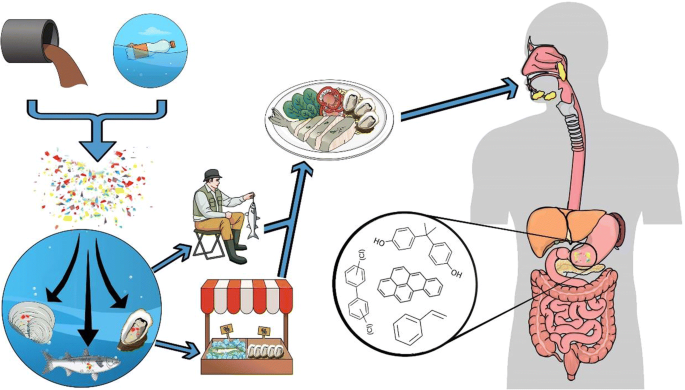
In other words, plastic fragments, visible to the naked eye, not only entered the body through the intestinal wall and reached the vital barrier of the placenta, but also, none were spared.
The study further analyzed the microplastic categories: polyethylene fragments, which are commonly used in the manufacture of plastic bags and beverage bottles, were the most common, accounting for 54% of the total microplastics. Polyvinyl chloride and nylon followed, each accounting for 10 percent of the total, while the other 26 percent came from nine different polymers.
And this isn’t the first time microplastics have been found in 100 percent of placentas. Last year, a study published in the well-established environmental science journal Environment International obtained 20 frozen placenta samples from the Hawaii Reproductive Biospecimen Repository (HRBR) from 2006 and 2013, as well as 10 fresh placenta samples collected prospectively through 2021.
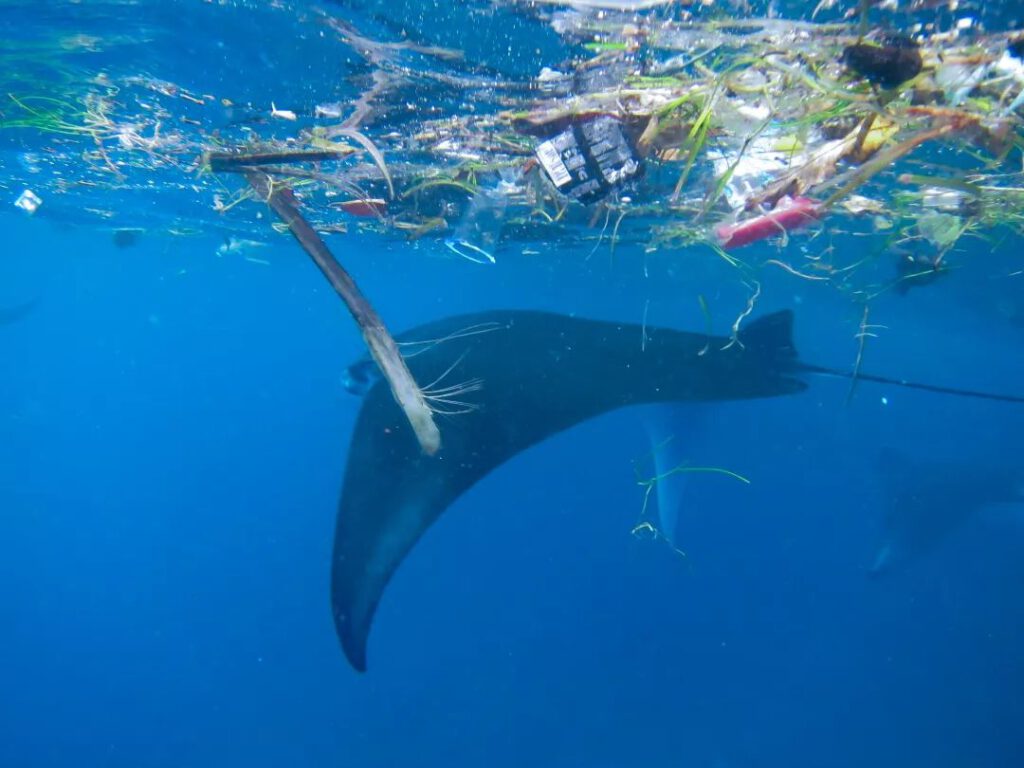
The results of the study showed that the proportion of microplastics present in placentas has been increasing over the past 15 years, with 6 out of 10 placentas having microplastics in 2006, 9 out of 10 placentas having microplastics in 2013, and all of 10 placentas having microplastics in 2021.
Ubiquitous in all organs, most intake from drinking water
By August 2020, the annual meeting of the American Chemical Society revealed a startling discovery: the presence of microplastics was detected in human lung, liver, spleen, and kidney tissue samples. The report confirmed the presence of plastic contamination in 47 human liver and adipose tissue samples, without exception. For example, BPA (bisphenol A), which is a known health risk but is still found in many tableware and kitchenware, was found in every sample.
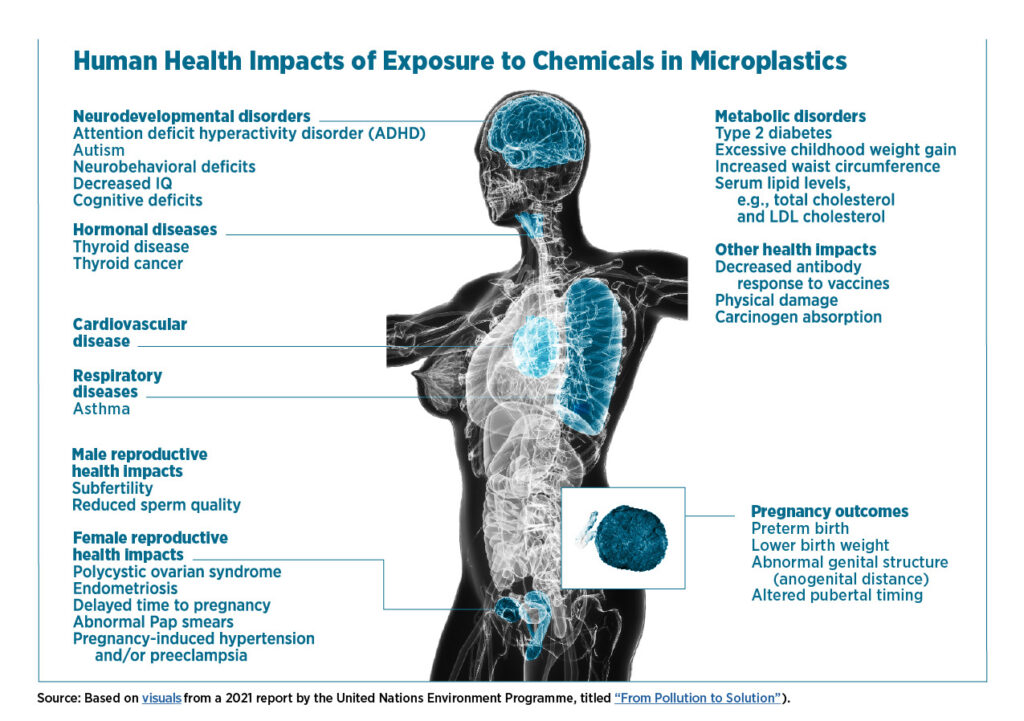
Microplastics are all over the human body because not only do we ingest them through eating and drinking, but we can even inhale them. Microplastics don’t just affect humans, they affect all plants and animals. Microplastics have been everywhere for a long time.
According to a study by the University of Newcastle, each person ingests 1,769 microplastic particles per week just by drinking water, which is the main source of microplastics for humans.
The impacts of microplastics on aquatic organisms and ecosystems are well understood, but the impacts of microplastics on humans are still far from clear.
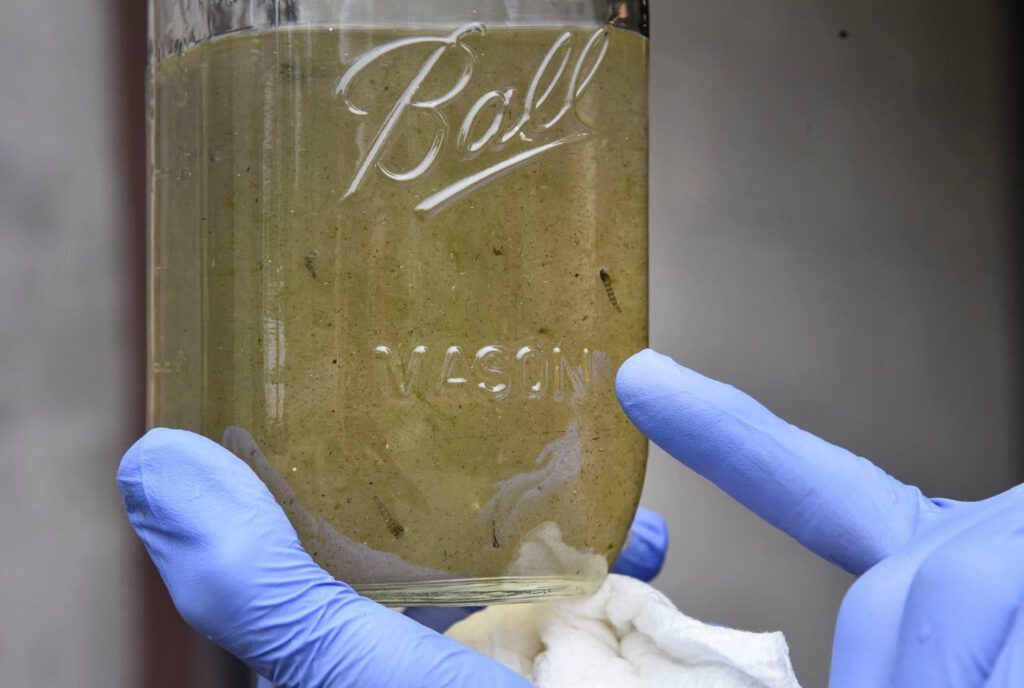
In the production of plastics, in order to increase flexibility, hardness, heat resistance, and to have different colors, many industrial and everyday products made from plastics contain endocrine disruptors (EDCs), chemicals that can disrupt hormones.
In 2020, a report published by the International Endocrine Society revealed that life’s plastic products such as buildings, furniture, appliances, and food overwrap are all sources of EDCs. There are already more than 1,000 EDCs in use, with known health risks associated with BPA, flame retardants, phthalates, UV stabilizers, and toxic metals such as lead and cadmium, among others.
In the case of iso-octyl phthalate (DOP), for example, low-dose prenatal exposure may affect sex differentiation, thyroid function, metabolic function, and cause maternal pregnancy complications.
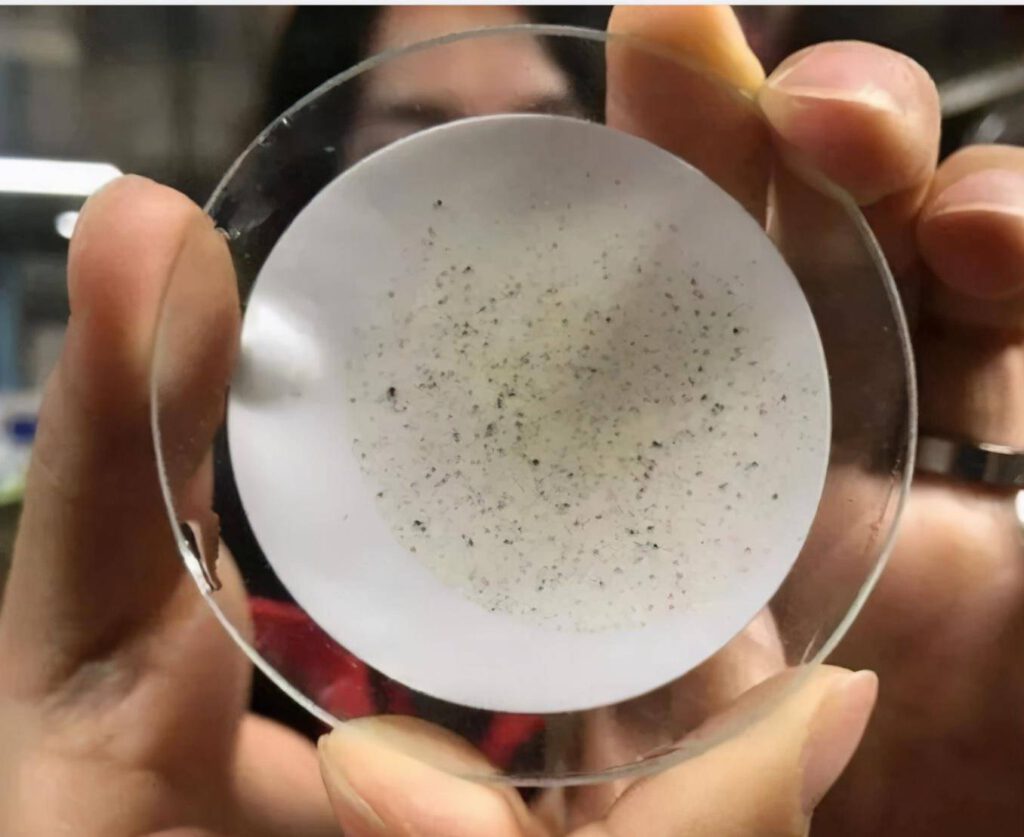
Thus microplastics, in addition to simply being a foreign substance, these compounds, which are known to be harmful to human health, may also induce oxidative stress, inflammation, endocrine disruption, and metabolic disorders.
Whether or not reaching the placenta means affecting the fetus remains to be seen, but what is clear is that microplastics are becoming more and more ubiquitous, both in the environment and in our bodies. Plastics take time to degrade, and microplastics in the current environment may be 40 or 50 years old.
(Source: Toxicol Sci, Environment International, hawaii, CIEL, SpringerLink)



